 |
|
| Home Course description Students Projects FAQ Resources | |
|
Preparation: Readings, reading, analysis, documentation, bibliographies, writing, coding, tools and resources. Introduction: Uke 35 Course introduction. |
|
|
Designing and Making Uke 36 Of the many definitions of design, a particulary enticing one is the concept that design is where theory and practice meet.
|
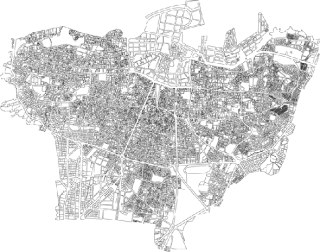 Representing complexity: Map of land parcels in Beirut.1 |
|
A design project: Part I Structuring data. |
|
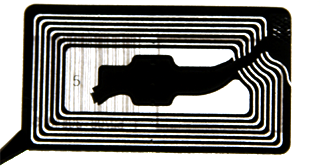 A digital environment: RDIF label |
Digital environments Uke 37 A short introduction to digital environments, discussion of their nature and history.
|
|
Design History Uke 38 A general introduction to the history of design as it relates to designing, objects, systems and organization, communication and interaction.
|
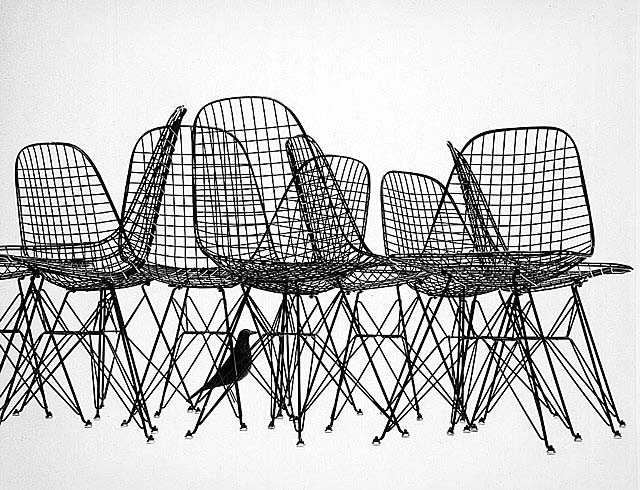 Design history: Eames wire chair2 |
 Ways of seeing3 |
Design theory Uke 39 Design theory has its roots in the thoughts of Aristotle on the nature of inquiry and rhetoric which was later refined and developed in the Renaissance. New thinking on the peculiar nature of design as "forethought" is based on contemporary ideas of inquiry, exploration and the indeterminacy of design as invention as opposed to discovery.
|
|
A design project: Part II Functionality. |
|
|
Design Activity Uke 40 It is the activity of design, the foregoing inquiry, the application of inventiveness and analysis to physical objects - often quite complex amalgamations of objects, to organizations and to systems that in themselves can very well be inanimate to the point where they can be argued to be abstract, that places it at the intersection of theory and practice.
|
 A sketch of this page. |
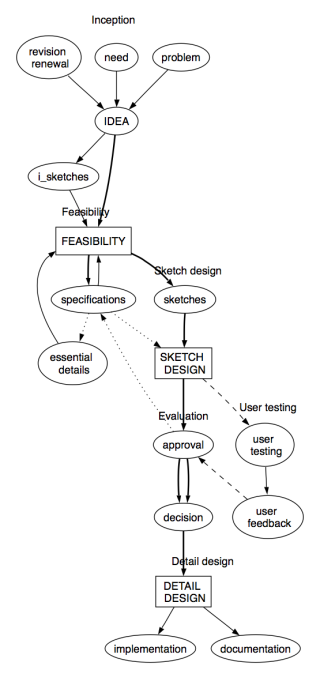 Design process diagram generated using dot. |
Design methods Uke 41 - 42 A closer examination (and application) of design methods. While methods were developed enthusiastically in the 1960's and 70's, they have later been subjected to criticism, especially by the founders of the movement. What was probably most neglected by the proponents of design methods was inherent design ability, which has later come to be understood as a necessary but not indispensable part of successful design. Value and Responsibility Uke 43 Why is it expected that designers have some measure of social responsibility that is not required of the consumer? "To do science is to be political if only because it is a political decision to spend some amount of limited human energy and social resources on a particular question. Most scientists are, at a minimum, liberals, although it is by no means obvious why this should be so."4
Epistemology and Learning Uke 44 The design of digital environments include studies and the creative organization of resources from technologies and the humanities for learning and conveying knowledge by machines and humans. |
|
Digital environments Uke 45-46 Digital environments are real or near real-time interactive communication systems based on digital signal processing, where the communications involved can be between humans, machines, and humans and machines.
|

|
|
A design project: Part III Interfaces. |
|
 |
Cases Uke 47 Exploration and criticism of projects and examples. |
|
Cases Uke 48 Exploration and criticism of projects and examples. |
 |
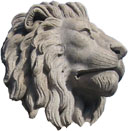 |
Cases Uke 49 Exploration and criticism of projects and examples. |
|
Exam "Mappevurdering" (Innleveringsfrist: Mandag 7/12) Mappene skal legges på avdelingens prosjektserver frigg.hiof.no. Nærmere instruksjoner får dere fra Ted Sørlie <ted.m.sorlie@hiof.no>. |
|
|
Footnotes
|
|
|
Last modified: Tue Feb 2 15:58:58 2010 Børre Ludvigsen |
|